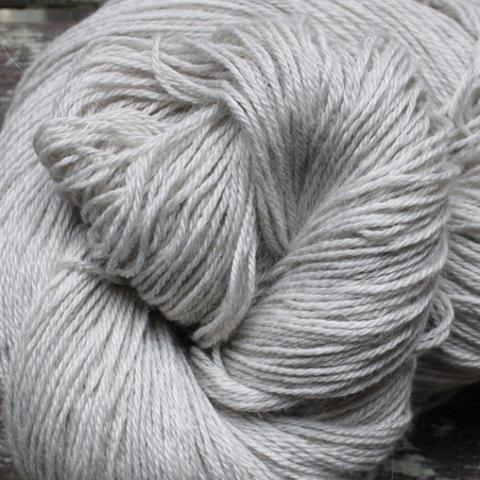Reasons You Have To Require Cashmere a Natural Fiber for Convenience and Beauty in Everyday Put On
In the world of fabrics, few fibers match the high-end and comfort of cashmere. This unique product, recognized for its exceptional softness and insulation, offers unequaled comfort and style for day-to-day wear. However what establishes it aside from other fibers? Just how does it influence the environment and how does it compare to artificial alternatives? Additionally, just how can one best make use of cashmere to boost their style? These interesting concerns lay the structure for an enlightening expedition into the globe of cashmere.
Understanding the Extravagant Nature of Cashmere

Evaluating the Convenience Element of Cashmere Garments
What qualities underline the convenience factor of cashmere garments? The soft qualities of cashmere is the initial top quality to think about. Its deluxe appearance makes it seem like a second skin, providing warmth without the weight or irritation connected with various other wool products. Furthermore, cashmere's distinct fiber framework permits breathability, controling temperature and avoiding overheating. The material's flexibility and sturdiness make certain that it mold and mildews against the body comfortably, keeping its shape in time. Cashmere's hypoallergenic homes likewise add to its convenience, making it an excellent selection for delicate skin. Finally, the capability to layer hop over to these guys cashmere items without thickness heightens the convenience factor. Essentially, the convenience of cashmere is originated from its soft qualities, breathability, durability, hypoallergenic nature, and versatility.

The Ecological Effect and Sustainability of Cashmere
While the comfort and elegance of cashmere are certainly appealing, it's equally important to consider its relationship with the environment. Cashmere production, primarily in Mongolia and China, includes increasing cashmere goats, which can dramatically stress vulnerable grassland communities as a result of overgrazing. This can bring about desertification, a pressing ecological concern. The processing of cashmere, including coloring and washing, can also contribute to water pollution if not effectively handled. Nevertheless, efforts are being made to develop lasting cashmere production methods, such as rotational grazing and cleaner processing methods. For this reason, while cashmere has environmental effects, its sustainability greatly relies on manufacturing methods.
Comparing Cashmere to Synthetic Fibers: A Cost-Benefit Analysis
Regardless of its ecological difficulties, cashmere provides an one-of-a-kind set of benefits over artificial fibers. Cashmere's natural fibers supply unequaled gentleness and warmth, translating into comfort that synthetic fibers have a hard time to match. Unlike artificial fibers, cashmere doesn't add to microplastic contamination, making it a much more lasting option.
Styling Tips With Cashmere for Everyday Style
Having actually considered the cost-benefit evaluation of cashmere compared to synthetic fibers, it ends up being clear why my latest blog post this luxurious product is a preferred selection for many. When styling cashmere for everyday beauty, simpleness is key. Eventually, the fundamental elegance of cashmere makes it a functional enhancement to any kind of closet, easily boosting daily attire with a touch of high-end.

Verdict
In summary, the amazing properties of cashmere make it an important addition to any closet. Its glamorous feeling, comfort, adaptability, and breathability to varying temperatures are unrivaled. Furthermore, cashmere's sustainability and reduced ecological impact contrasted to synthetic fibers further enhance its charm. The ageless beauty of cashmere, combined with its convenience, includes elegance find out this here to daily wear. As a result, purchasing cashmere garments is a worthwhile decision for comfort, sustainability, and design.
